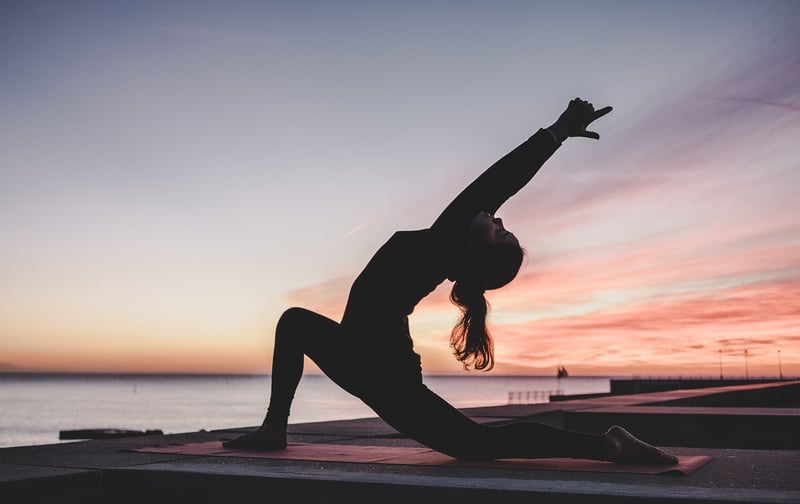Restorative
The Power of Physical and Mental Practice Along with Restorative Techniques
Introduction
In today's fast-paced world, where stress and distractions are common, finding the right balance between physical and mental well-being is crucial. Incorporating both physical and mental practices along with restorative techniques can have significant benefits for overall health and happiness.
Physical Practice
Engaging in regular physical exercise is essential for maintaining a healthy body and mind. Whether it's through cardiovascular activities like running or cycling, strength training, yoga, or any other form of exercise, staying active helps improve cardiovascular health, boost metabolism, and enhance mood through the release of endorphins.

Mental Practice
Just as important as physical exercise is mental practice. Activities like meditation, mindfulness, journaling, or engaging in creative pursuits can help reduce stress, improve focus, and enhance mental clarity. Taking time to quiet the mind and reflect on thoughts and emotions can lead to increased self-awareness and emotional well-being.

Restorative Techniques
Restorative techniques are essential for allowing the body and mind to recharge and rejuvenate. Practices like deep breathing exercises, progressive muscle relaxation, taking nature walks, or simply unplugging from technology can help reduce anxiety, improve sleep quality, and promote overall relaxation.

Conclusion
By combining physical and mental practices with restorative techniques, individuals can create a holistic approach to well-being. Finding a balance between movement, mindfulness, and relaxation can lead to improved physical health, mental clarity, and overall quality of life.
Remember, taking care of both your body and mind is essential for leading a happy and fulfilling life.
